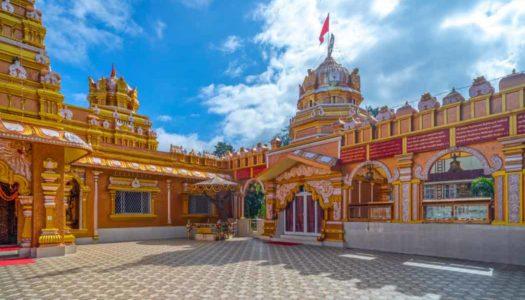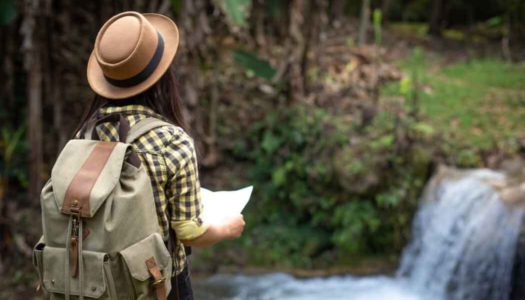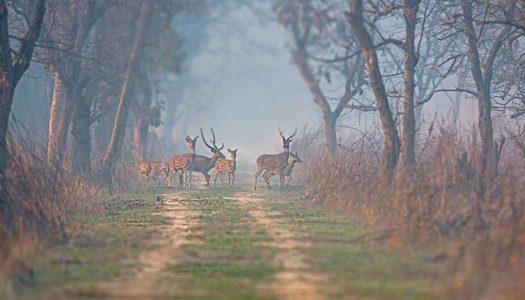There’s a lot more to India than strikingly gorgeous forts, riveting culture and traditions, flamboyant markets, and drool-worthy cuisine. The country is also blessed with nature’s charm in abundance. What’s all the more fascinating is the heterogeneous Indian wildlife.
In the far west, we have an arid desert. Not too distant from it is the evergreen belt of the country. Both, the vegetation and the wildlife of each zone differs widely from the other. The Royal Bengal Tiger happens to be the poster boy of Indian Wildlife. Other than that, one can see Asiatic lions, sloth bears, snow leopards, Nilgiri leaf monkeys, one-horned rhinos, and whatnot.
Who would say no to a chance to witness these rare species, right? This post shall acquaint you with all the places where you can find these stunning kinds of Animalia that come together to form the wildlife of India.
Kaziranga National Park, Assam
About 228 kilometers towards the East from Guwahati leads you to Assam’s Kaziranga National Park. The sanctuary at the banks of River Brahmaputra is home to Asiatic lions, the famous one-horned rhinos, leopards, and wild water buffaloes.
It was built by Lord Curzon when his wife persuaded him to play his part in the preservation of the Indian Rhinos.
Indian wildlife encompasses several unique species. Most of them reside in the Kaziranga National Park. The place draws its name from the Red Goats, which are found abundantly in this park. In Karbi language, Kazi is a goat, and Rangai is the name given to the color red.
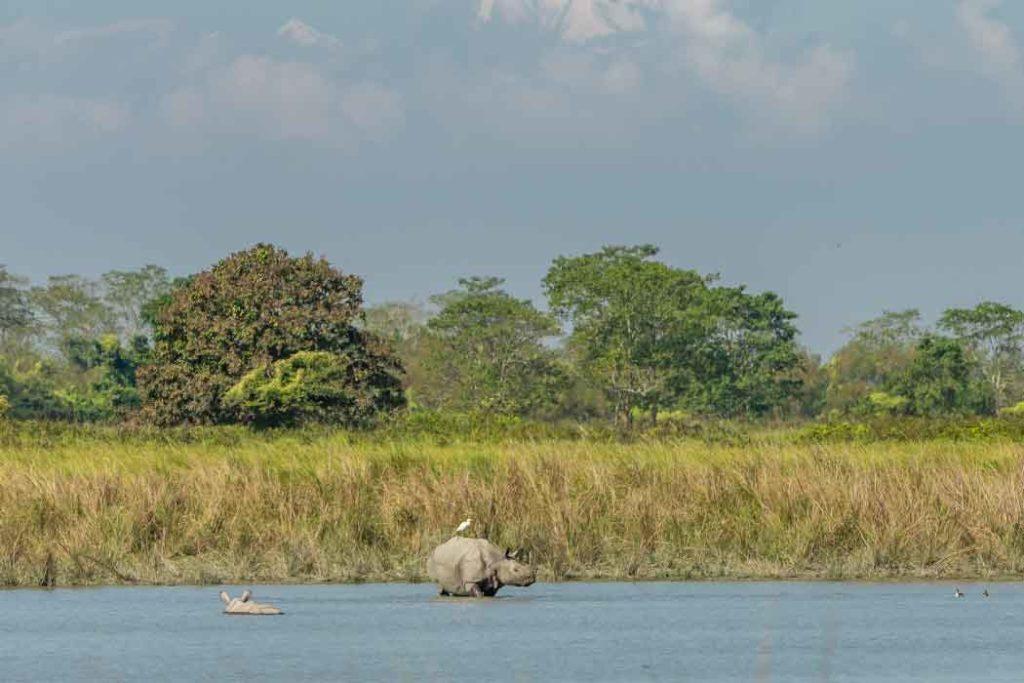
The whole area is divided into four zones. The central zone is known as the Kaziranga Range. Most of the Rhinos and Elephants are found in the western zone, named Bagori Range. The eastern zone or the Agoratoli Range is populated with several colorful species of birds. The Burapahar Range covers Ghurakati, Potahi Beel, Phulaguri, Diffolu, and Tunikati. There’s also a zone created especially for the Hoolok Gibbons- the tailless apes that can walk on their legs.
One can enjoy three different kinds of safaris to check out the boisterous Indian wildlife residing in the eastern state of Assam. Apart from the mainstream jeep safaris, one can take an elephant safari, or ride a boat in the marshes of Brahmaputra.
As of now, there are about 106 tigers residing in the park. It also boasts of nearly 500 species of birds and 35 species of mammals.
Ranthambore National Park, Rajasthan
The tiger safari at Ranthambore National Park is one of the most popular tourist attractions that draw people to Rajasthan. The huge park has been divided into ten different zones. The explorers who enter the park have to be accompanied by a guide and a driver at all times. Strolling around the sanctuary without them may lead to unwanted consequences.
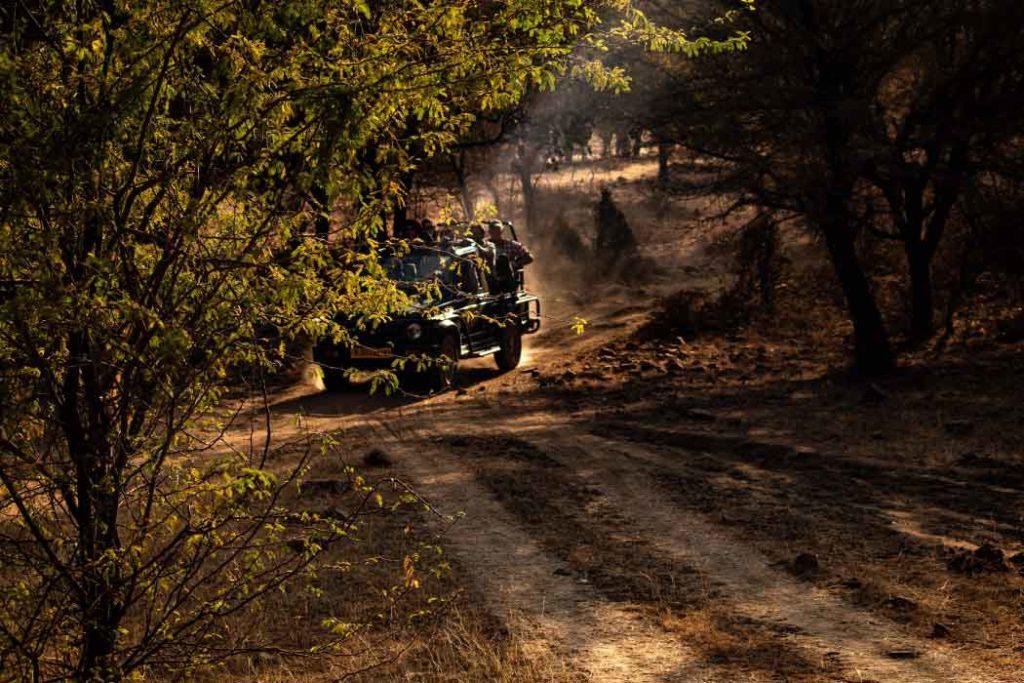
Sightings of Tigers are reportedly high at the Ranthambore National Park. This sanctuary is also home to “Machhli”, the most photographed tigress in the world. The diverse Indian wildlife that resides in this zone of the country includes Leopards, Hyenas, Sambar Deer, etc.
The opening hours differ from month to month. In February, March, and October, the park can be visited between 6:30 am and 10:00 am in the morning, and 2:30 pm to 6:00 pm in the evening. The timings change in April and May. The park opens at 6:00 am in the morning, and the last safari is at 9:30 am. In the afternoon, one can visit between 3:00 pm and 6:30 pm.
Bandhavgarh National Park, Madhya Pradesh
When at Bandhavgarh, returning without seeing a tiger is next to impossible. This Indian wildlife sanctuary is densely populated with tigers and leopards. The other unique wild creatures you may come across at this national park are the Bengal Foxes, Jackals, Hyenas, and Gaurs or Indian Bison. The bird watchers come here to spot black drongos, gray hornbills, green bee-eaters, and various fascinating species of birds.
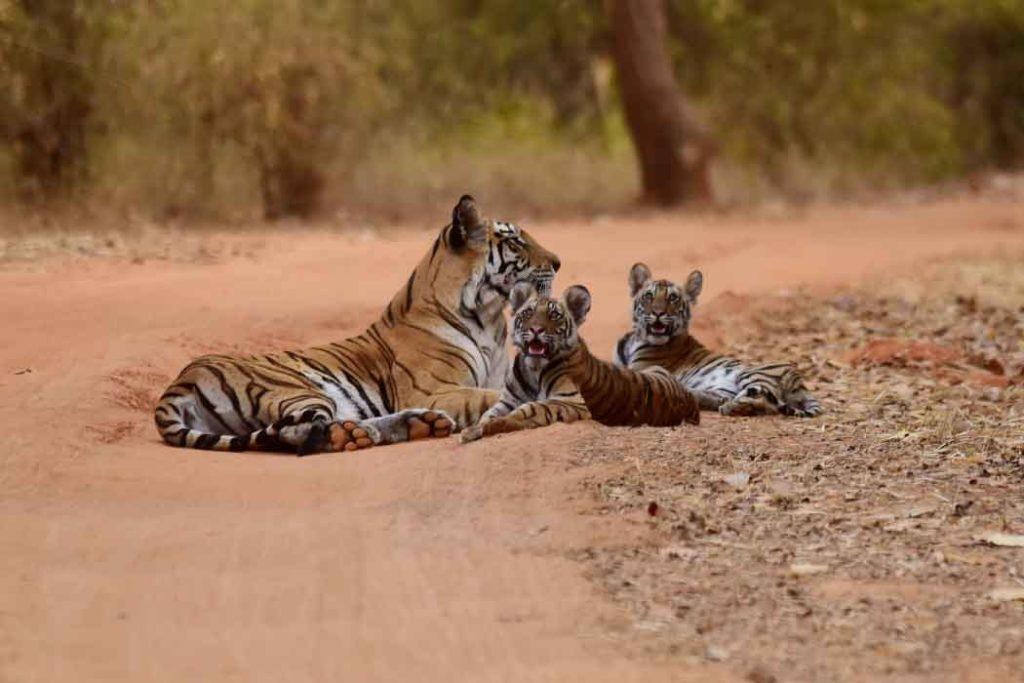
Three zones can be accessed by tourists. These are- Tala zone, Magadhi zone, and Khitauli zone. Each zone has its own set of ancient and monumental structures like the Dinosaur Rock, Three Cave Point, Sita Mandap, Dahua Tower, Sukhi Dam, Marjadgarh Tower, Charkhi Dongri, and many more.
As per June 2019’s tiger census reports, there are about 520 tigers in this massively spread forest area.
One can book their day of wildlife exploration at Bandhavgarh National Park on the official website of Madhya Pradesh Tourism. At the time of reservation, the tourists will have to choose the zone which they want to visit, along with the time slot. The safari can be taken in the morning or the afternoon, between October to June. The park is closed in the monsoon months. If you’re planning to visit this national park situated in the heart of our country, make your reservations 90 days in advance.
Satpura National Park, Madhya Pradesh
The Satpura National Park was established in 1981, in the Hoshangabad district of Madhya Pradesh. The park consists of the Bori and Panchmarhi Wildlife Sanctuaries. Unlike the other sanctuaries, in addition to the wildlife of India, one can behold the magnificent ancient rock structures.
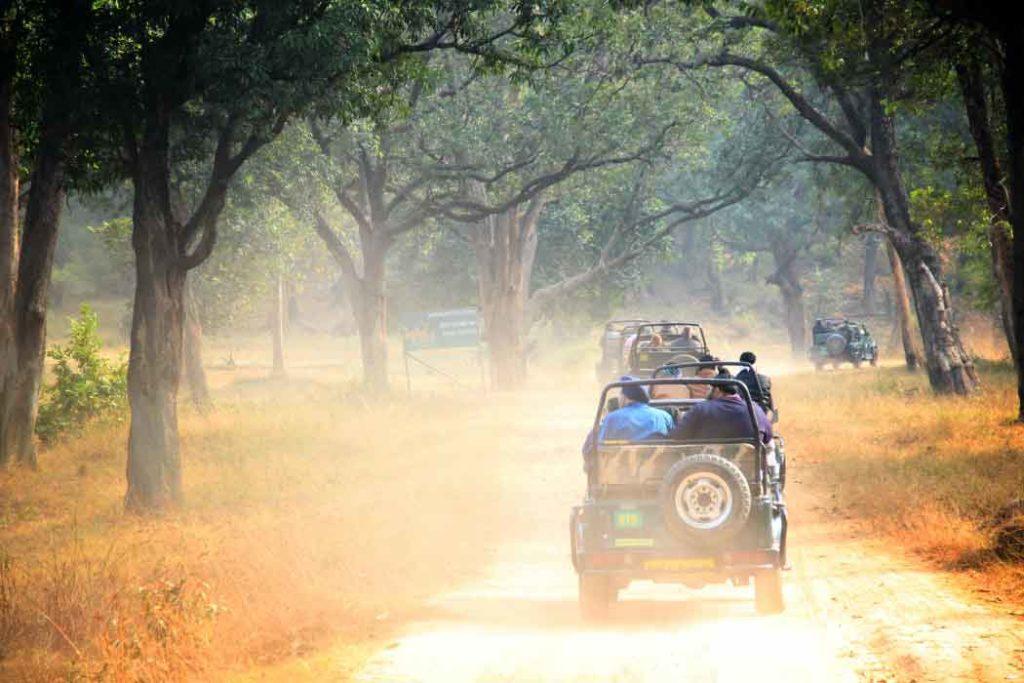
The authorities allow the tourists to visit the 1427 sq. kilometers of abode from October 01 till June 30 every year. Thousands of tourists swamp to experience the best of Indian wildlife and flora at this haven of the raptor, sloth bear, bison, and the Bengal tiger. The unique birds that one can find resting amid the lush greenery, or ornating the skies of this Indian wildlife sanctuary are egrets, lapwings, woolly-necked storks, ospreys, etc.
One can pick from four safari options at Satpura- jeep, boat, elephant, and walking. The precise charges which a person will incur to book a safari can be found on Madhya Pradesh’s tourism website: www.mptourism.com.
Here are some travel tips for all those who are planning to visit this splendid Indian wildlife sanctuary in the coming months:
- Make your bookings at least 4 months in advance, as there’s a limit to the number of visitors that are allowed in the park in a day.
- It’s extremely important to carry a valid ID proof to the Satpura National Park.
Pench National Park, Madhya Pradesh
Here’s the third wildlife park from Madhya Pradesh, that has made it to this list. Pench National Park was established in 1975, across 257.2 square kilometers. It’s named after the Pench River that divides the park into two equal halves. This area has been mentioned in Ain-i-Akbari (Administration of Akbar), a 16th-century document, and inspired Rudyard Kipling to write the famous children’s story, “The Jungle Book.”
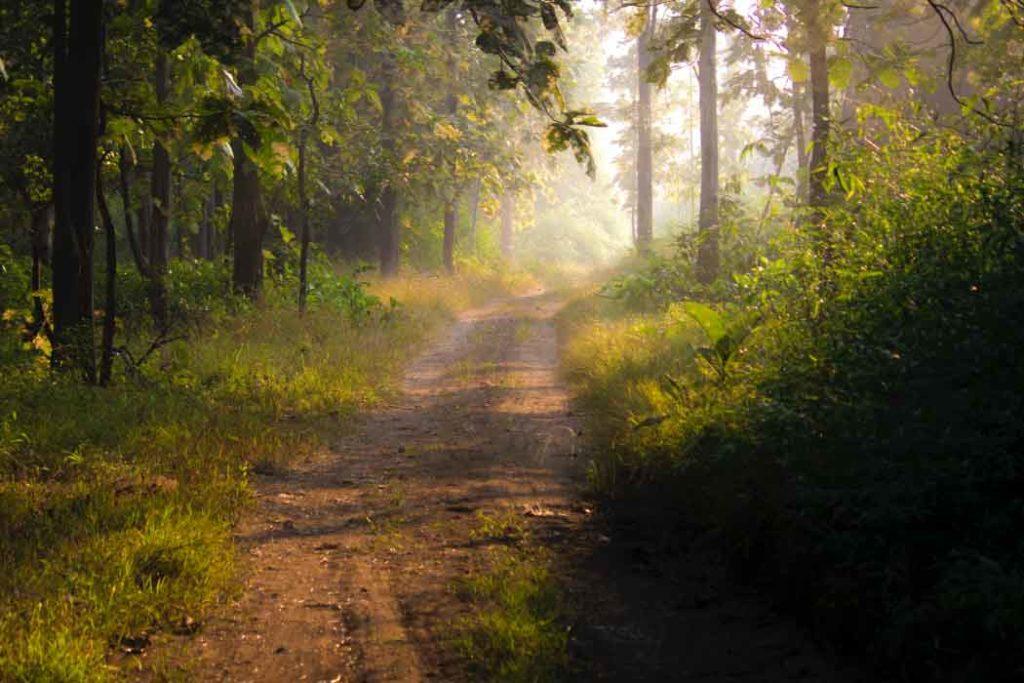
The enchantingly beautiful national park is home to numerous Royal Bengal Tigers and Sloth Bears. Pench National Park is accessible for tourists between 5:00 am and 7:00 pm.
Start your day with a fun trek, add a wildlife safari, explore the surrounding areas on a bicycle, and end the day gazing at the stars in the clear sky.
Corbett National Park, Ramnagar
Here’s some trivia for the day: Did you know that the Jim Corbett National Park was once known as Hailey National Park, named after Sir Malcolm Hailey? The name was later changed to Ramganga National Park. It was renamed again, for the third time, as Jim Corbett National Park in the year 1956.
Established in the year 1936, the Jim Corbett National Park is one of the oldest national parks in the country.
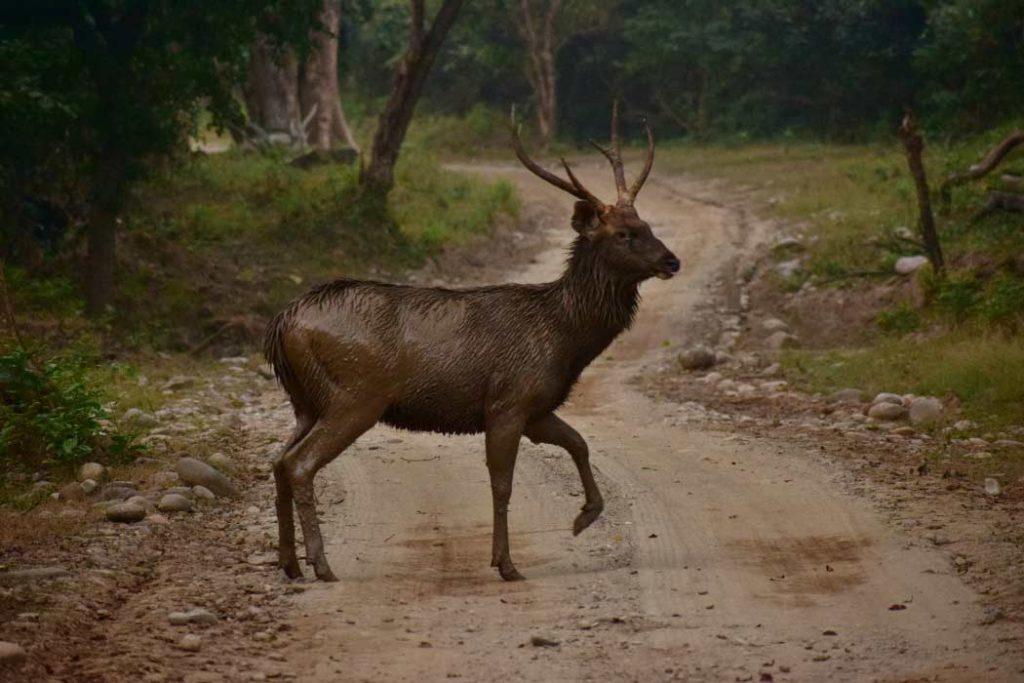
The scenic jungle at the banks of Ramganga Reservoir is ruled by 164 wild tigers and serves as home to the Asiatic Black Bear, Sloth Bear, Hog Deer, Otters, and many more. The wildlife in this region also includes over 600 species of aquatic fauna and birds. It has been reported that more than 400 humans have been attacked and killed by the tigers of Jim Corbett.
One can enjoy the wildlife safari on jeep, gypsy, canter, and elephant. In the morning, one can enjoy the jeep/gypsy and elephant safari between 06:30 am and 10:30 am. In the afternoon or evening, the timing is from 01:30 pm to 05:30 pm. The timing for canter safari is slightly different. It runs from 06:00 am till 11:30 am in the morning, and from 12:00 noon till 05:30 pm in the evening.
The charges for safari differ for Indians and foreigners. The Indian citizens can book a 6 seater jeep for INR 3600. Foreigners may have to shell nearly INR 7000 for each jeep. To ride in a canter, an Indian has to pay INR 1500, and a foreigner, INR 3000. Corbett is 32 kilometers from Nainital. Take a look at some amazing places to visit in Nainital.
Chinnar Wildlife Sanctuary, Idukki
Mere words are never enough to describe the beauty of India’s most exquisite jewel, Munnar. The Chinnar Wildlife Sanctuary lies close to Munnar in the Idukki district. More than the wilderness, people visit this epitome of beauty to inhale its raw nature. Waterfalls, two rivers, tribal settlements, and all that you can imagine when you think of a forest can be found in this Indian wildlife sanctuary.
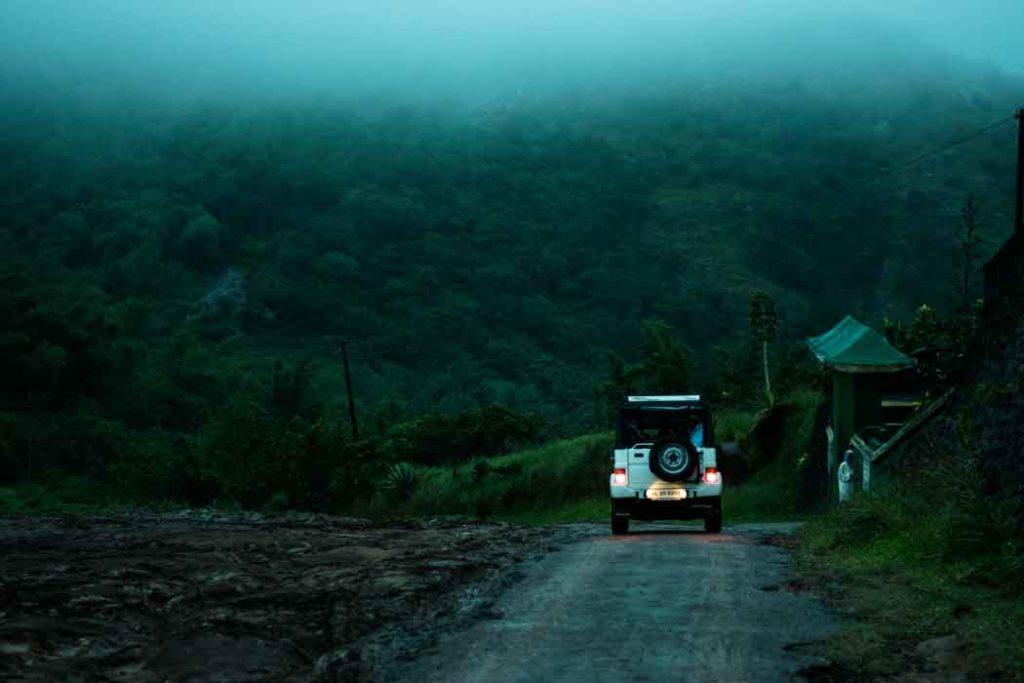
The common species that can be found in the 90 square kilometers of biodiversity are the Rusty Spotted Cats, Bonnet Macaques, Sambar, Spotted Deer, Common Langurs, and Elephants. The rare species of Indian wildlife that reside here are the Manjampatti Wild Bisons and the endangered Grizzled Giant Squirrels. One can also find 52 species of reptilia, 225 species of birds, 156 kinds of butterflies, and 14 species of fish in this forest.
The tourists come here to enjoy trekking, safari, and various other wildlife activities. The park is open for trekking from 9 am to 5 pm, on all days of the week. Safari can be taken between 9 am and 11 am. Munnar lies close to the Chinnar wildlife sanctuary. Click here for some amazing hotels where you can stay in Munnar.
Tholpetty Wildlife Sanctuary, Wayanad
The Tholpetty Wildlife Sanctuary of Wayanad is the second-largest habitat for wild animals in Kerala. This one, situated in the north-eastern portion of Kerala, is said to be a treat for all bird enthusiasts. Spread over an area of 345 square kilometers, the Tholpetty Wildlife Sanctuary is home to cuckoos, owls, peacocks, woodpeckers, vultures, jungle fowls, and colorful butterflies.
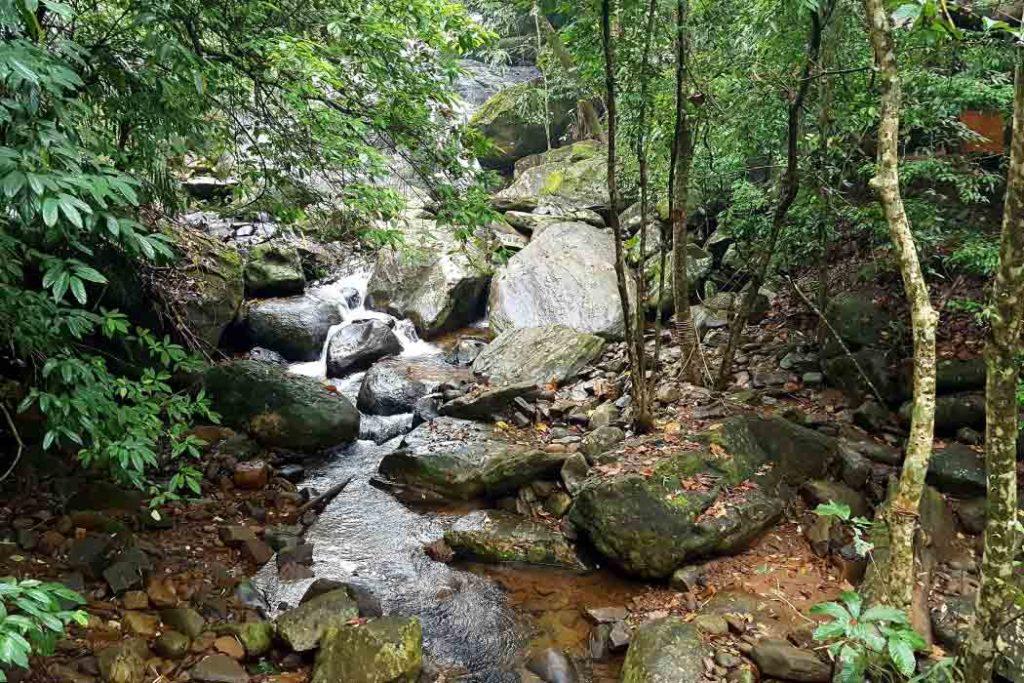
Some of the mammals living in this area are panthers, jungle cats, elephants, monkeys, bison, and deer. The railway station closest to Wayanad is Thalassery. The closest city to fly to, to reach Wayanad is Kannur.
Here’s an amazing place for you to lodge for a day or two in Wayanad.
Our country is blessed with a boast-worthy fauna, and ample natural biodiversity to help them sustain. Tell us about your experience with the Indian wildlife.

















